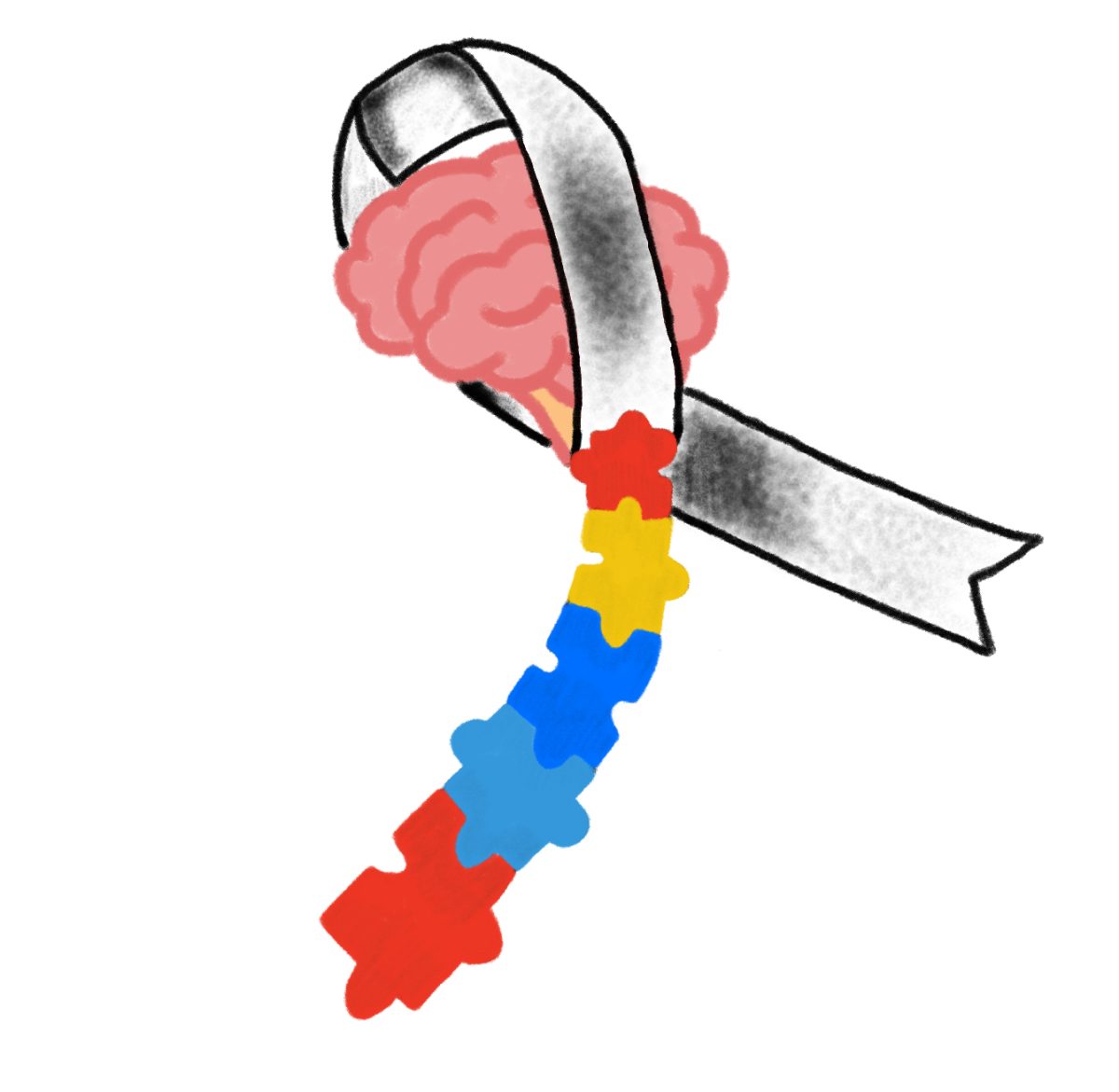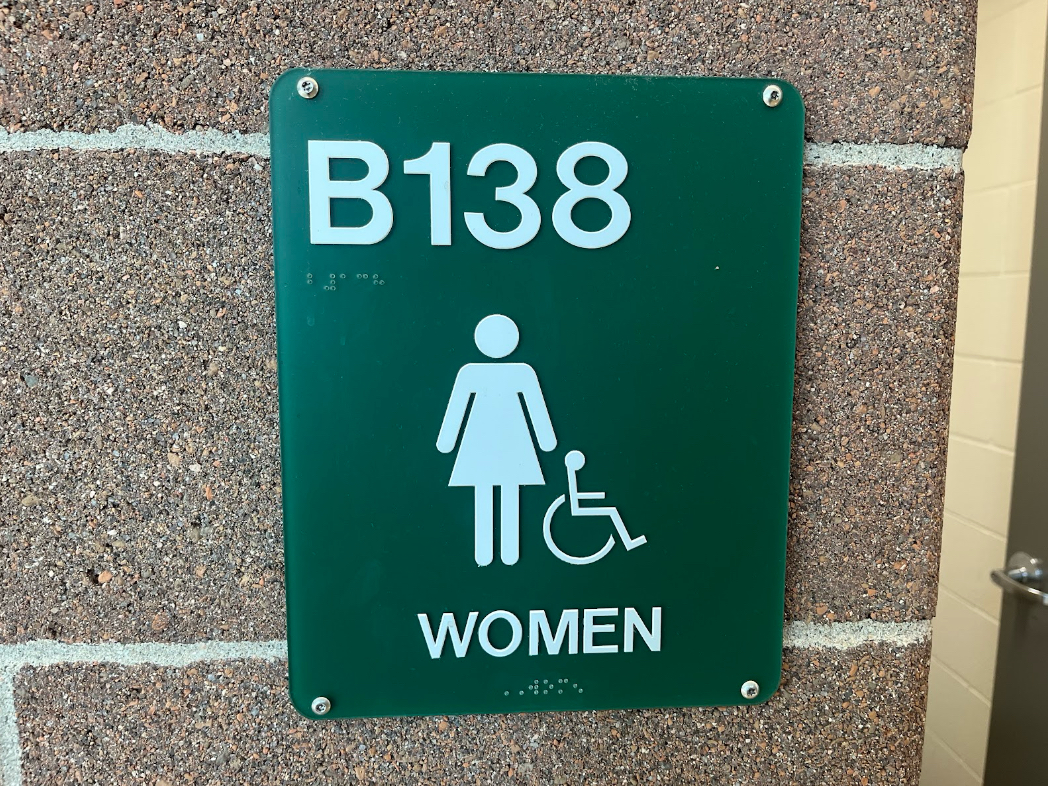The month of April is National Autism Acceptance Month, often known as autism awareness month.
The shift in language from awareness to acceptance is significant. Awareness is the need to be educated about autism, while acceptance is a step further and is to embrace people with autism for who they really are, as well as their strengths and boundaries.
The goal of Autism Acceptance Month is to not only accept and recognize autism but also to push towards inclusion for all people, no matter their challenges.
Autism spectrum disorder (ASD) is a complex developmental condition caused by differences within the brain that affects nearly one in 36 US children.
While autism is often different for every individual, it is frequently characterized by difficulties with social interaction, repetitive behaviors, and developmental delays. People with ASD may also have different ways of learning, paying attention, and moving.
These characteristics make everyday life very challenging for some individuals with ASD.
The brain plays a large role for someone with autism. According to research by Dr. Anderson, a healthcare professional who specializes in autism, the connections of the neurons are different than an atypical individual.
“There is a little bit of difficulty in autism communicating between the left and right hemispheres of the brain. There’s not as many strong connections between the two hemispheres,” Dr. Anderson said.
While there are differences in the brain, those differences are not enough evidence to serve as a diagnosis itself.
Diagnosing ASD is a process often done by psychologists who examine a number of sources. These include interviews, observations, and hands-on cognitive and language tests, as well as medical tests to ensure no other medical condition is missed.









